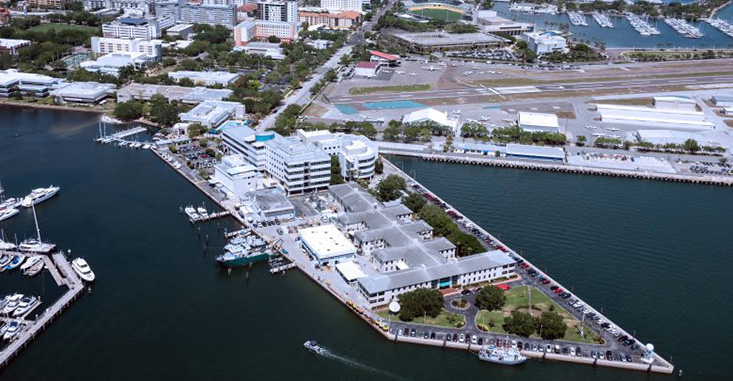
Marine Science Faculty Publications
Document Type
Article
Publication Date
2017
Keywords
Ulva prolifera, Green tide, MODIS, Remote sensing, Biomass, Carbon, Nitrogen
Digital Object Identifier (DOI)
https://doi.org/10.1016/j.rse.2017.01.037
Abstract
Since 2008, macroalgal blooms of Ulva prolifera (also called green tides) occurred every summer in the Yellow Sea (YS), causing environmental and economic problems. A number of studies have used satellite observations to estimate the severity of the blooms through estimating the bloom size and duration. However, a critical bloom parameter, namely biomass, has never been objectively determined due to lack of measurements. In this study, laboratory experiments were conducted to measure U. prolifera biomass (wet weight) per unit area and the corresponding spectral reflectance, through which a robust relationship has been established to link biomass per area to the reflectance-based floating algae index (FAI). The lab-based model has been validated with in situ measurements, with an estimated relative uncertainty of < 16% for algae with FAI values < 0.2 (corresponding to ~ 2 kg/m2 biomass and accounting for > 99.5% of the algae-containing pixels in satellite images). The model was further transferred to MODIS Rayleigh-corrected reflectance (Rrc), where aerosol impacts on the model were simulated under various atmospheric conditions. The simulations showed an average of 6.5% (up to 12.3% for the extreme case) uncertainties in biomass estimates when MODIS Rrc data were used as the model inputs. The dry biomass per wet biomass and carbon and nitrogen contents per dry biomass were also determined through lab experiments, thus making their estimation possible from MODIS Rrc data. The model was then applied to time-series of MODIS observations over the YS between 2008 and 2015 to determine the inter-annual variability of these critical parameters. Results showed maximum daily biomass of > 1.7 million tons during June 2015 and minimum daily biomass of < 0.09 million tons during 2012. The ability to estimate U. prolifera biomass at given locations from the near real-time MODIS images is expected to significantly enhance the capacity of an existing monitoring system to provide quantitative information for decision making.
Rights Information

This work is licensed under a Creative Commons Attribution-Noncommercial-No Derivative Works 4.0 License.
Was this content written or created while at USF?
Yes
Citation / Publisher Attribution
Remote Sensing of Environment, v. 192, p. 217-227
Scholar Commons Citation
Hu, Lianbo; Hu, Chuanmin; and Ming-Xia, HE, "Remote Estimation of Biomass of Ulva prolifera Macroalgae in the Yellow Sea" (2017). Marine Science Faculty Publications. 1967.
https://digitalcommons.usf.edu/msc_facpub/1967

- Citations
- Citation Indexes: 142
- Policy Citations: 3
- Usage
- Downloads: 89
- Abstract Views: 12
- Captures
- Readers: 158

